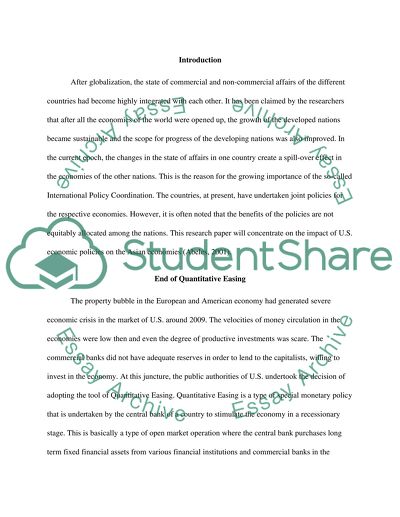Cite this document
(“US Economic Policy Impact on Asian Economies Research Paper”, n.d.)
US Economic Policy Impact on Asian Economies Research Paper. Retrieved from https://studentshare.org/macro-microeconomics/1497183-us-economic-policy-impact-on-asian-economies
US Economic Policy Impact on Asian Economies Research Paper. Retrieved from https://studentshare.org/macro-microeconomics/1497183-us-economic-policy-impact-on-asian-economies
(US Economic Policy Impact on Asian Economies Research Paper)
US Economic Policy Impact on Asian Economies Research Paper. https://studentshare.org/macro-microeconomics/1497183-us-economic-policy-impact-on-asian-economies.
US Economic Policy Impact on Asian Economies Research Paper. https://studentshare.org/macro-microeconomics/1497183-us-economic-policy-impact-on-asian-economies.
“US Economic Policy Impact on Asian Economies Research Paper”, n.d. https://studentshare.org/macro-microeconomics/1497183-us-economic-policy-impact-on-asian-economies.


